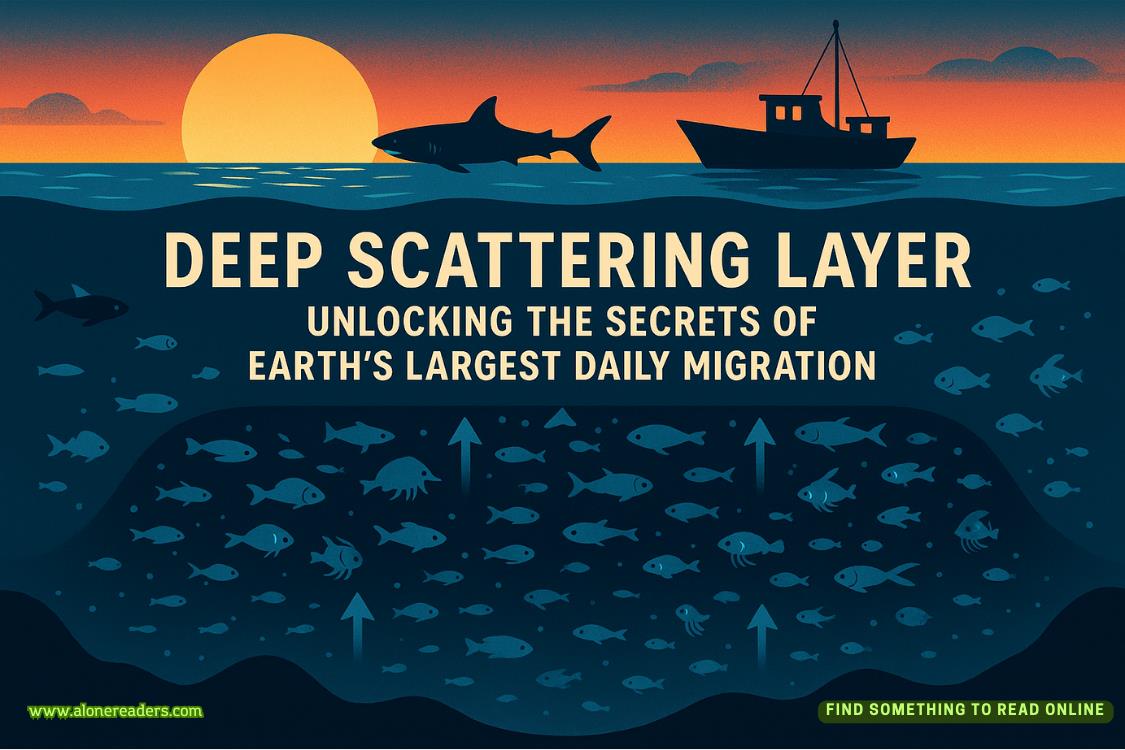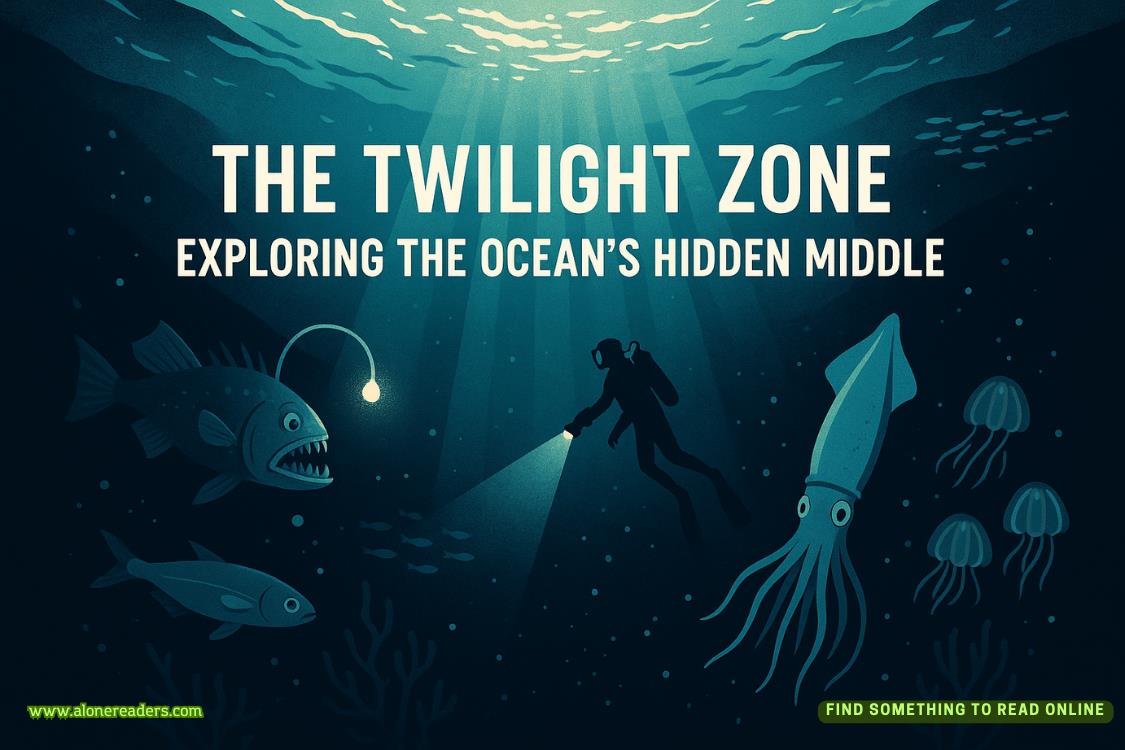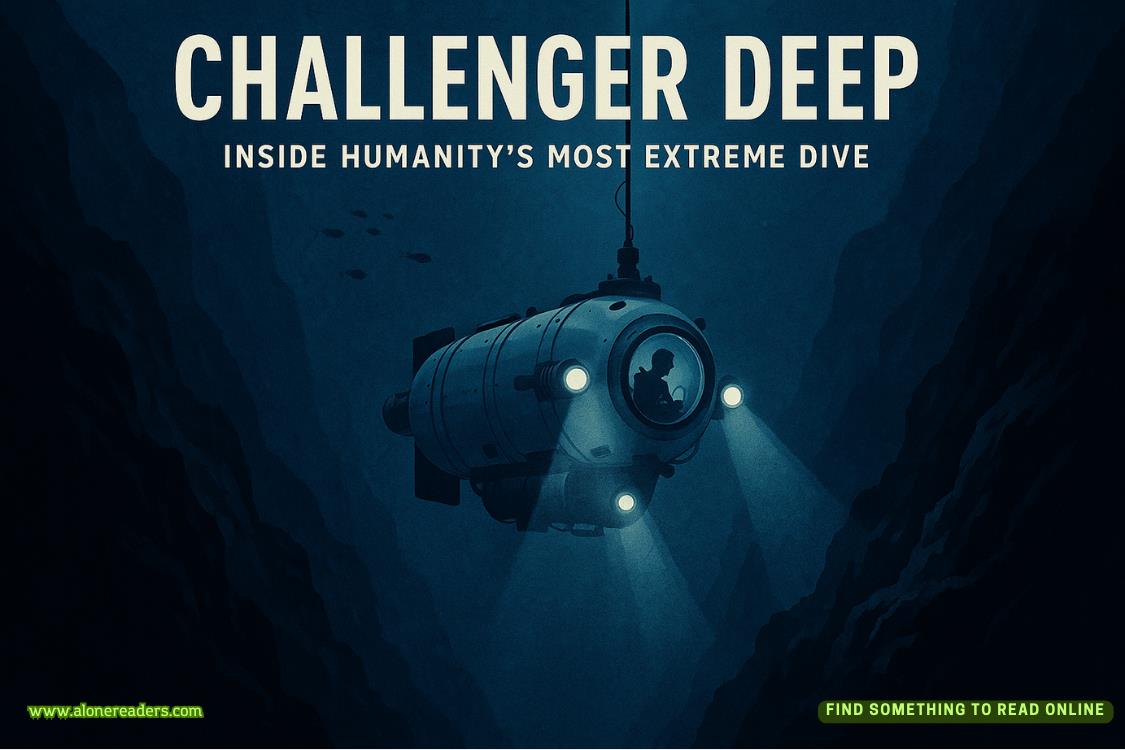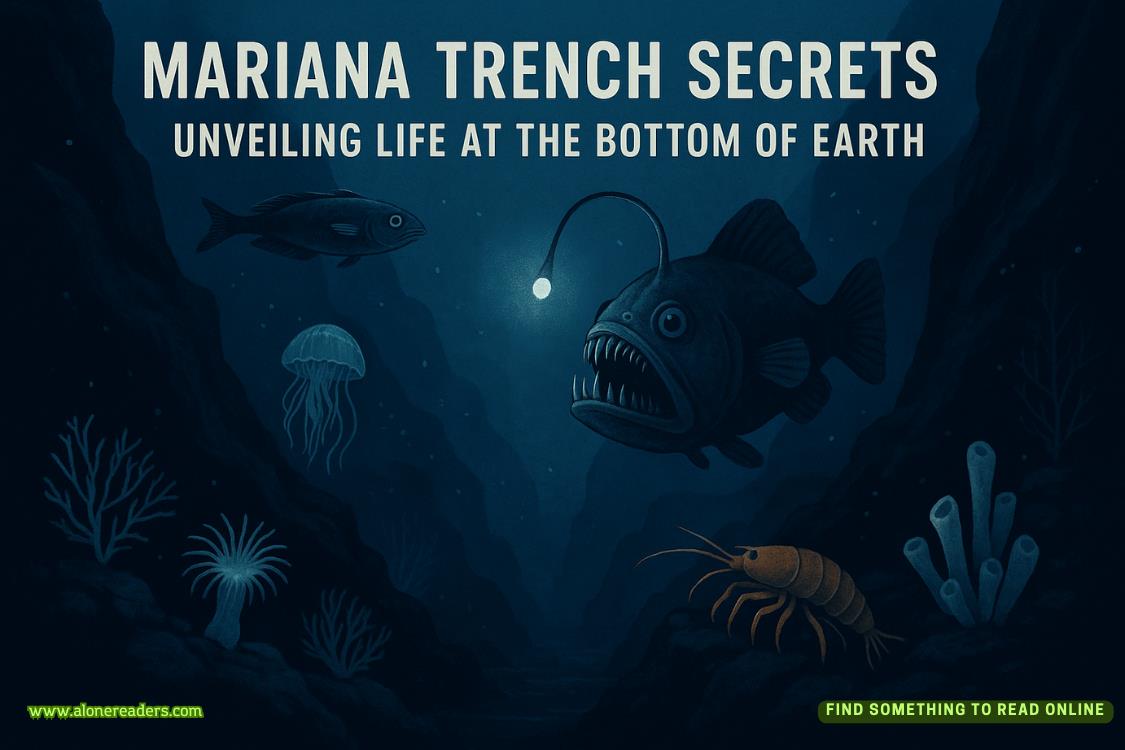Page 116 of Knot Their Fated M.U.S.E
I shrug with deliberate casualness, maintaining relaxed posture that contrasts sharply with his aggressive stance and obvious agitation at circumstances beyond his control.
"I have no clue why I'm here," I respond with characteristic directness. "But alas, here I am. If you know where Sable is, feel free to point me in the right direction."
The name hits him with recognition —visible flinch followed by expression that shifts from predatory assessment to something approaching terror. Color drains from features already marked by institutional stress, eyes widening with recognition of designation that clearly carries weight within whatever hierarchy governs this level.
"I don't know where he is," he states with forced conviction that fails to mask underlying fear. "And it's not your business."
The quiver in his voice betrays knowledge he's attempting to conceal—information about Sable's location or condition that his response inadvertently confirms rather than denies.
But the dismissive conclusion suggests territorial protection or personal animosity rather than ignorance about requested intelligence.
A sigh escapes me as tactical assessment confirms what his behavior already suggested—this alpha represents obstacle rather than resource, complication rather than solution to navigation requirements.
"Well then, you're pretty useless to me," I observe with clinical detachment that strips away any pretense of polite interaction. "So I can just knock you out for looking at me like some sort of fetish object, or you can wait for my alpha Riot to come back and knock you out."
My casual mention of having a bonded alpha triggers immediate recognition that transforms his expression from dismissive authority to calculating reassessment. The shift speaks to institutional hierarchy that recognizes mated pairs as a different category from available subjects—higher threat level requiring modified approach strategies.
"Riot?" he questions, testing the designation against whatever intelligence he possesses regarding enhanced alphas within current containment. "You're the omega who triggered the chaos in the level above."
The statement carries mixture of recognition and growing concern—understanding that my presence represents more than random subject placement within institutional entertainment parameters. Whatever reputation precedes me has clearly reached this level despite systematic communication restrictions between containment areas.
"Man, for an underground facility, word spreads fast here," I mutter, genuinely surprised by information distribution efficiency within supposedly isolated testing environments.
The observation cuts off mid-formation as he launches himself forward with explosive force that speaks to enhanced reflexes despite mechanical restraint limiting tactical options. His charge carries desperation beyond mere aggression—calculation suggesting specific objective rather than random violence or territorial display.
I sidestep his rushing form with practiced efficiency, enhanced reaction time providing sufficient warning to avoid impact while maintaining defensive positioning.
The movement flows from muscle memory developed through years of tactical training with Nightshade, combat instruction refined specifically for encounters with enhanced subjects operating beyond normal human parameters.
His momentum carries him past my position, chains creating additional complications as balance becomes difficult to maintain without arm movement for stabilization.
The miscalculation sends him stumbling toward the far wall before he can arrest forward motion or redirect his attack vector.
"What's your objective now?" I ask with genuine curiosity about strategic reasoning behind such an obviously flawed assault technique.
His recovery proves faster than anticipated—enhanced alpha physiology overcoming mechanical disadvantage through superior coordination and systematic conditioning.
When he turns to face me again, his expression carries manic intensity that speaks to desperation rather than tactical confidence.
"You could be my saving grace," he declares with conviction that borders on religious fervor. "I could use you as leverage to get a pass from judgment. So stay still like a good little omega and let me capture you."
The suggestion triggers immediate revulsion that has nothing to do with tactical disadvantage or personal safety concerns. The casual assumption that omega designation equals automatic submission, that my existence serves his convenience rather than representing autonomous choice and strategic capability—such institutional conditioning makes my skin crawl with disgust.
"I'm not really into being used as cattle," I respond with ice-cold precision that cuts through whatever delusions drive his strategic thinking. "Maybe you can find another omega who'll gladly submit to that nonsense, 'cause I'm not one of them. But nice try."
The rejection clearly catches him off guard—expectation of omega compliance shattered against the reality of an enhanced subject who refuses traditional designation dynamics in favor of tactical independence and personal agency.
His growl carries frustrated rage that speaks to systematic conditioning expecting different response patterns from omega subjects.
Institutional programming designed around submission and breeding compliance, disrupted by an encounter with an enhanced individual who operates beyond normal parameters.
The second charge comes with better coordination—lessons learned from initial failure applied to tactical modification despite continued restraint limitations.But predictability worksagainst him as enhanced anticipation allows preparation for obvious attack vector.
I avoid his rushing form again, this time adding insult to tactical injury through a precisely applied kick to his shin.
The impact resonates through enhanced bone structure with a satisfying crack that suggests successful application of force to a vulnerable pressure point.
Before he can recover balance or redirect momentum, my follow-up kick finds target between his legs with surgical precision. Enhanced anatomy provides natural vulnerability despite pharmaceutical conditioning that might reduce normal pain response—biological imperative ensuring certain reactions remain consistent regardless of chemical modification.















